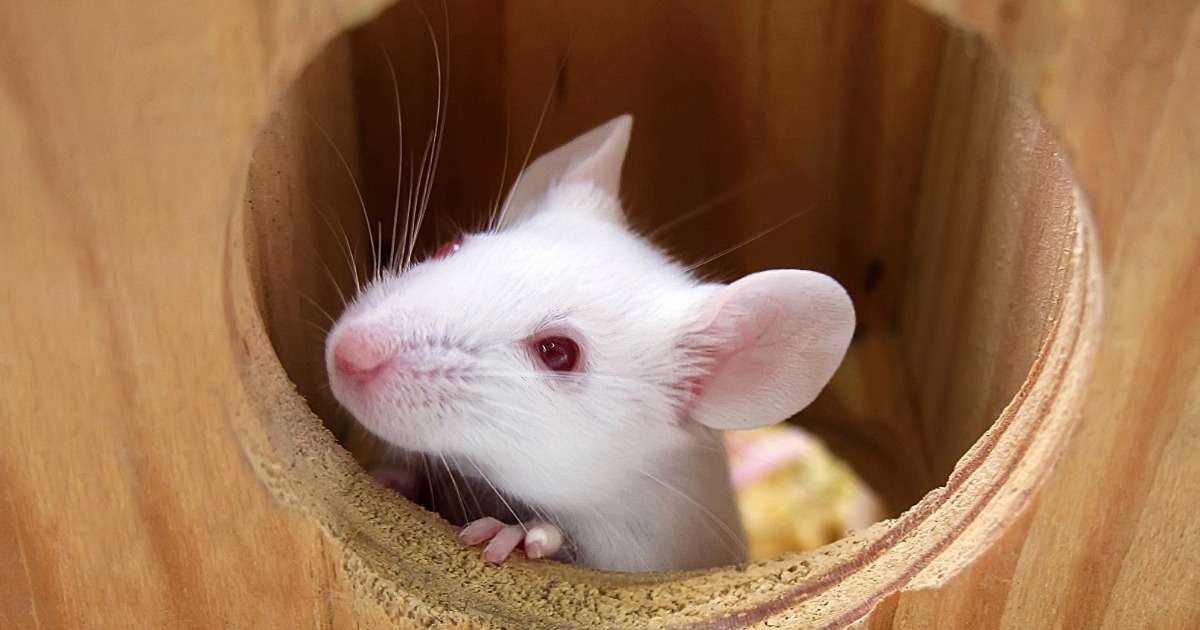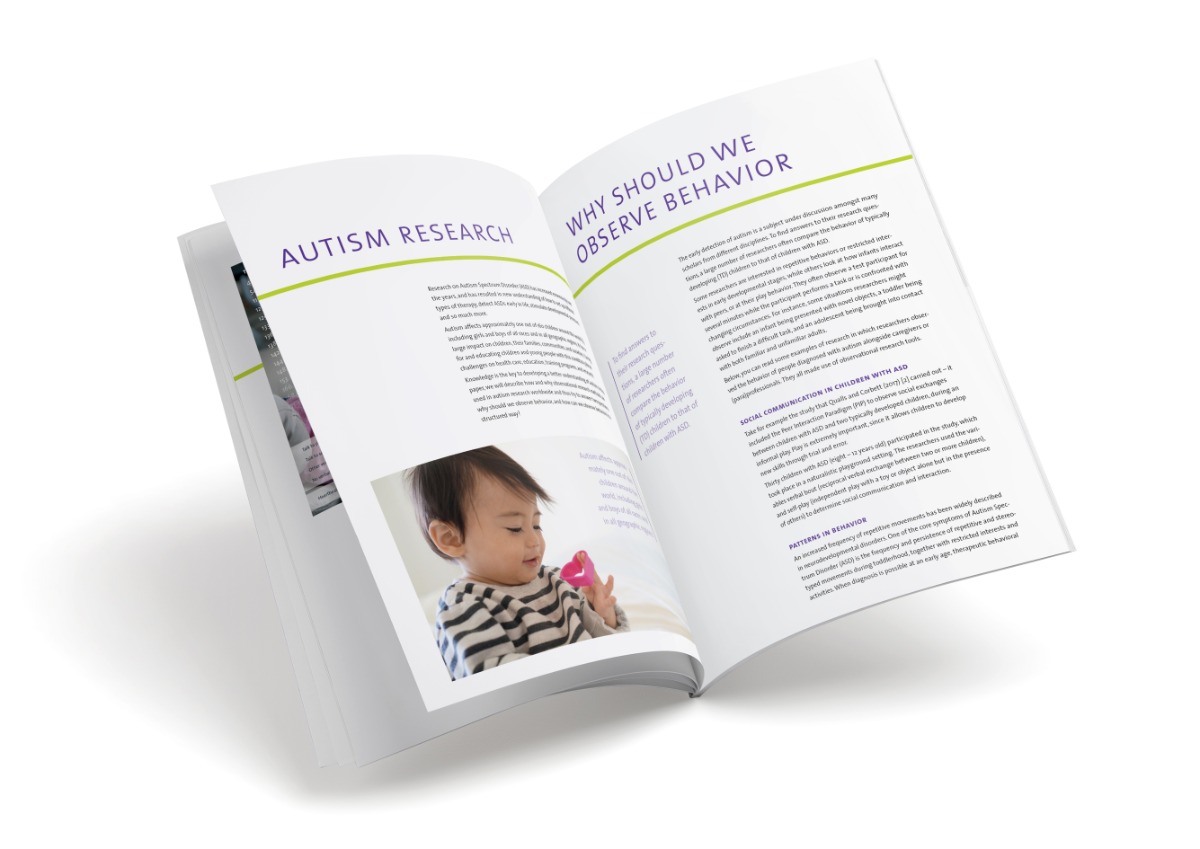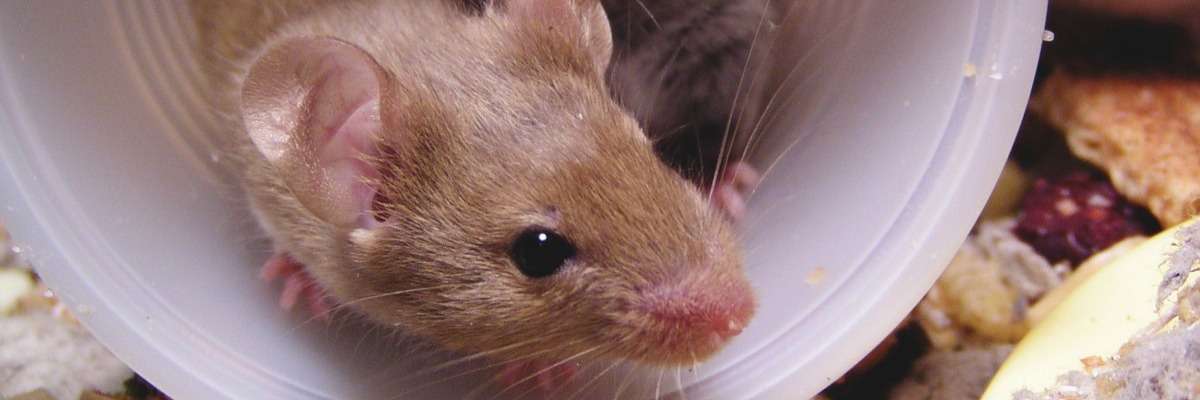
How males and females are different: can this explain autism?
Women and Venus, men and Mars, right? Men and women are fundamentally, biologically, and emotionally different. We also act differently in social situations. Wouter van den Berg and his colleagues at the Erasmus University Medical Center (Rotterdam, The Netherlands) recently published an interesting study that, using mice, shows the establishment of social hierarchies as being sex-dependent.
Autism caused by an extreme male brain?
These sex differences are especially interesting in light of the ‘extreme male brain theory’ that suggests that autism behavior is actually an exaggeration of typical sex differences. In their 2006 paper, Knickmeyer and Baron-Cohen suggest that high testosterone levels during prenatal and neonatal brain development play a causal role in the development of autism.
Organizational effects of hormones in early development
Population-based studies have shown that autism occurs two to three times more often in males than in females. Also, testosterone is vital in the development of a male brain, and – as studies show – dysregulation of this testosterone-dependent masculinization can increase the chances of developing social impairments. This might explain why the prevalence of autism is higher in males.
Social differences and the role of testosterone
Aberrant social behavior is one of the most prominent symptoms of autism. Yet the biology behind this is still largely unknown. Van den Berg et al. investigated the differences in social behavior between male and female mice, and the role of testosterone in this story.
Social dominance tube test
Social behavior, or in this case social dominance, was tested using the automated tube test. In short, this is a fully automated apparatus consisting of two goal boxes connected by a tube. This tube is just big enough for one mouse to pass, so when two mice meet each other in the middle, one is forced to back down. The one that ends up in the other one’s start box is designated the winner. By performing several matches like this, a hierarchy structure can be determined.
Interestingly, Van den Berg and his colleagues found that the way this hierarchy is structured differs between males and females. In other words, social strategy is sex-specific.
Match-fixing
Several tournament designs were used to test the animals’ social strategy. The ‘intrinsic attributes’ tournament was based on the concept that if mouse A won against mouse B and mouse B won against mouse C, then mouse A should win over mouse C. If this was true, then it could be argued that the animals’ social hierarchy was established using intrinsic attributes.
Another tournament tested the effect of prior experiences on social dominance. In this case, matches were fixed, meaning that one of the doors to the start/goal box was closed, and only one mouse could win. Then another match between the same mice, this time honest, tested whether their previous experience determined the second outcome.
Sex-dependent social strategies
From these different tournaments it became evident that while female mice used intrinsic attributes to establish social hierarchies, males were strongly influenced by prior experience. Testosterone was identified as a critical sex-specific factor in determining the social strategy used: Castrated males utilized a similar social strategy as females, and females implanted with testosterone pellets used a typically male strategy. Similarly, males that inherited a null mutation of the sex-determining region Y (Sry) gene and females with transgenic expression of Sry also showed a reversal of their social cognitive strategy .
Translational value for autism research
Van den Berg’s results show that there are sex-specific and testosterone-dependent differences in the establishment of social hierarchies in mice, which is consistent with the extreme male brain theory. These intricacies of social dimorphism could greatly complement translational studies in autism research.
References
- Berg, W.E. van den; Lamballais, S.; Kushner, S.A. (2014). Sex-specific mechanism of social hierarchy in mice.Neuropsychopharmacology, doi: 10.1038/npp.2014.319.
- Knickmeyer, R.C.; Baron-Cohen, S. (2006). Fetal testosterone and sex differences in typical social development and in autism.Journal of Child Neurology,21(10), 825-845.
Get the latest blog posts delivered to your inbox - every 15th of the month
more
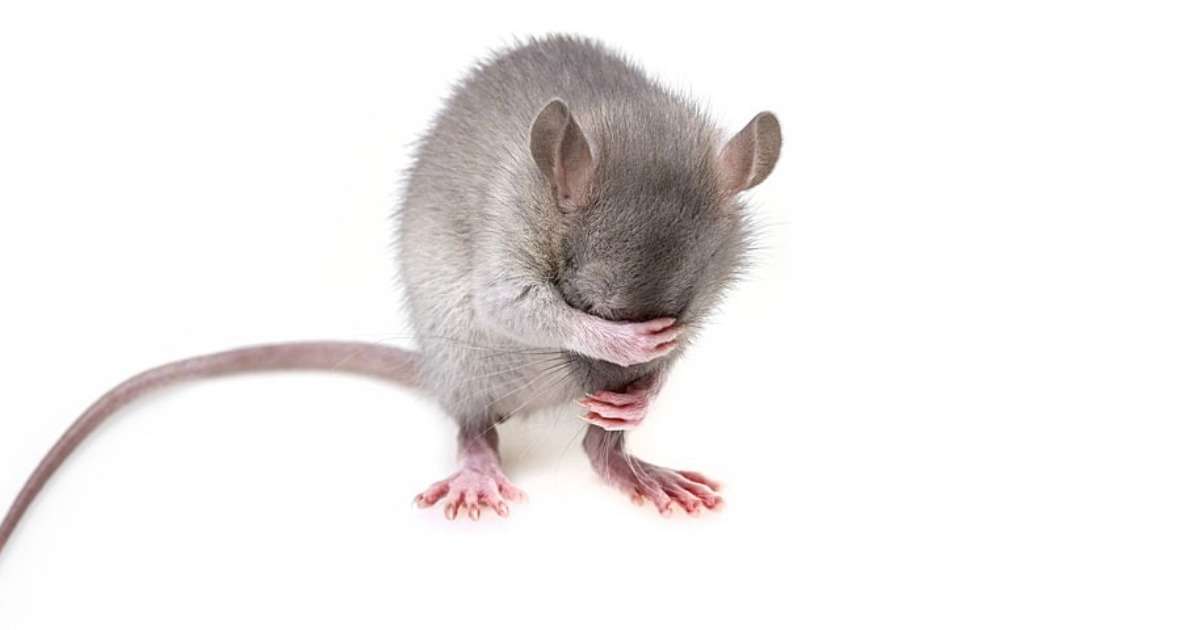
Gut microbes: both cause and cure of autism?
Gut microbes can increase or decrease typical autism spectrum disorder behavior (stereotypies, social behavior, locomotion, and communication) via metabolites and influencing alternative gene splicing.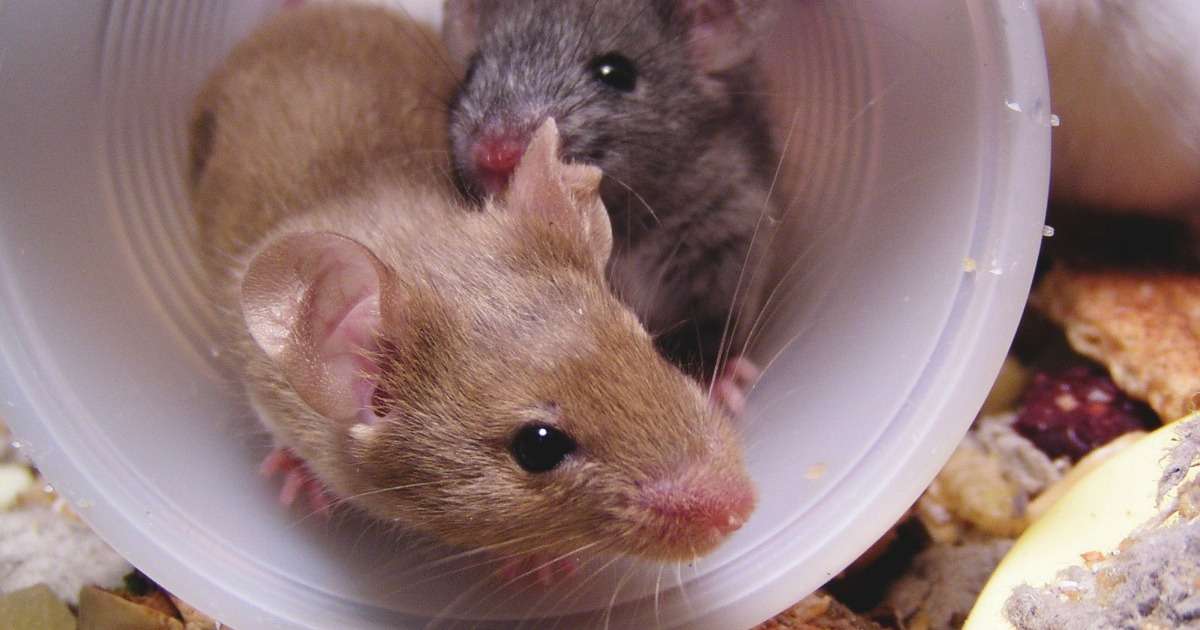
How males and females are different: can this explain autism?
Women and Venus, men and Mars, right? In mice, the establishment of social hierarchies is sex-dependent.